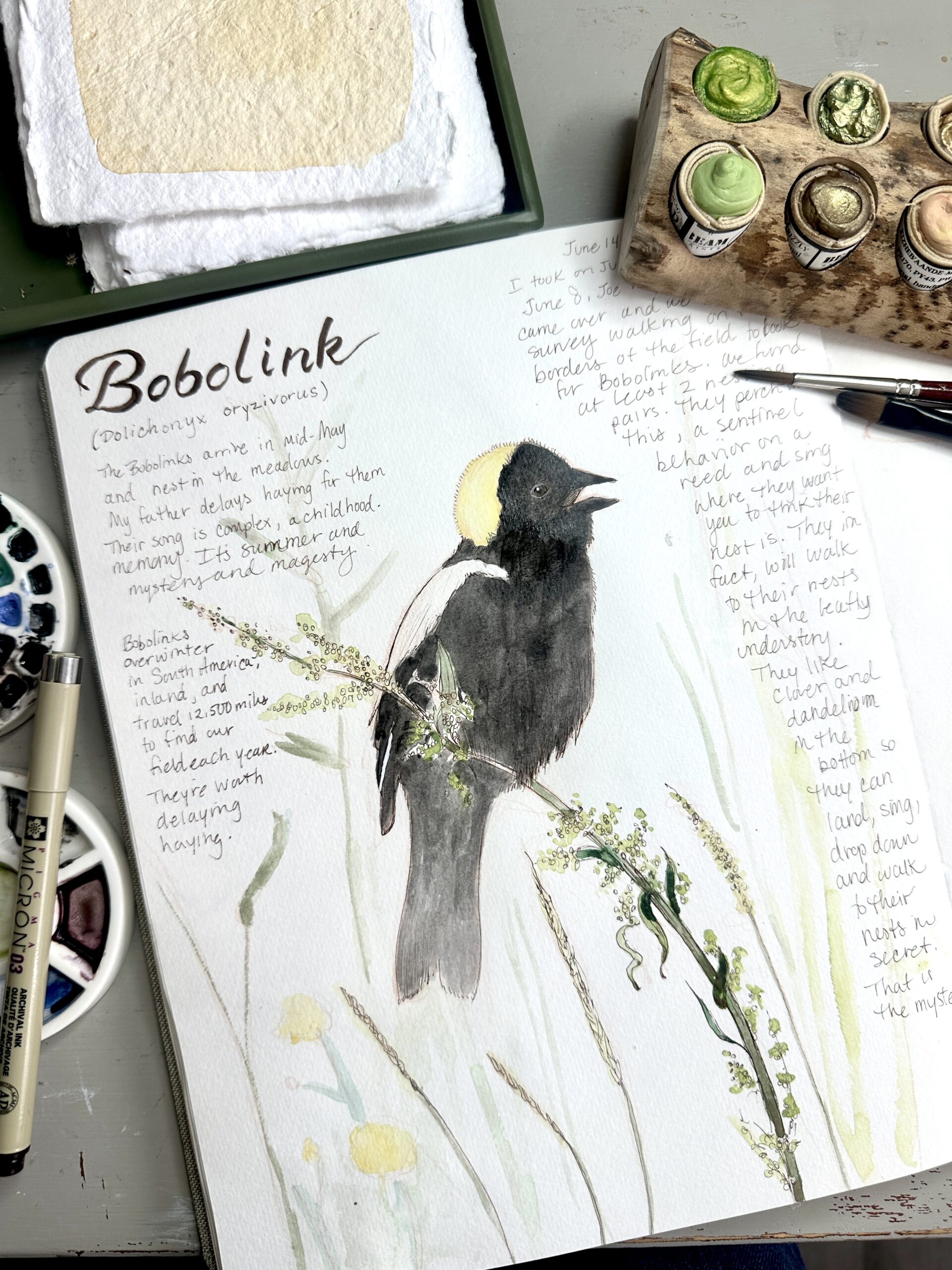August 2, 2025
May and June as a Maine Master Naturalist in Training
I started this program in January and we’re a little more than half way through. Each month, the topics interest me and the skills and ideas are layered one on top of the other.

It’s been awhile since I’ve logged my adventures with the Maine Master Naturalist Program. I have a few topics to catch up on. For the month of May, we focused on BIRDS (and also pedagogy). It was perfect timing to be studying birds because I guided at the Acadia Birding Festival from May 29- June 2 and as then went to Rangeley Lakes for a school visit on June 3. For birds homework, we had to go birding (done and done!) and also document ten birds in our journals. (in progress)
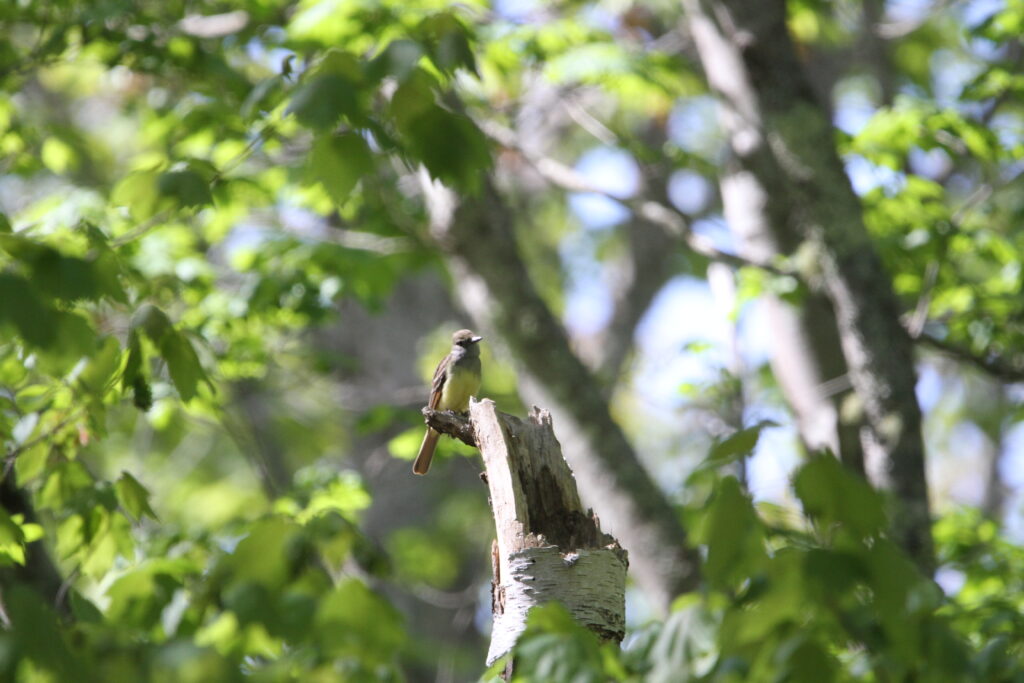
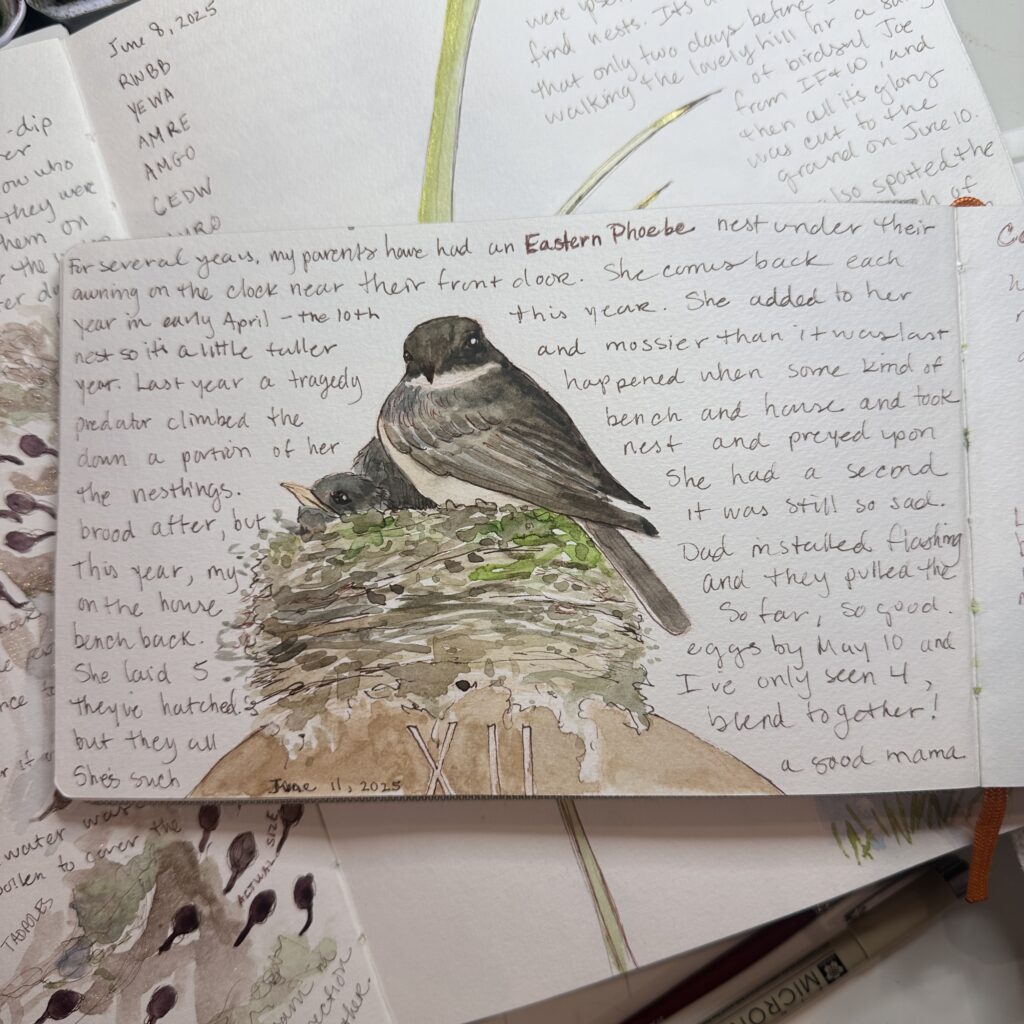
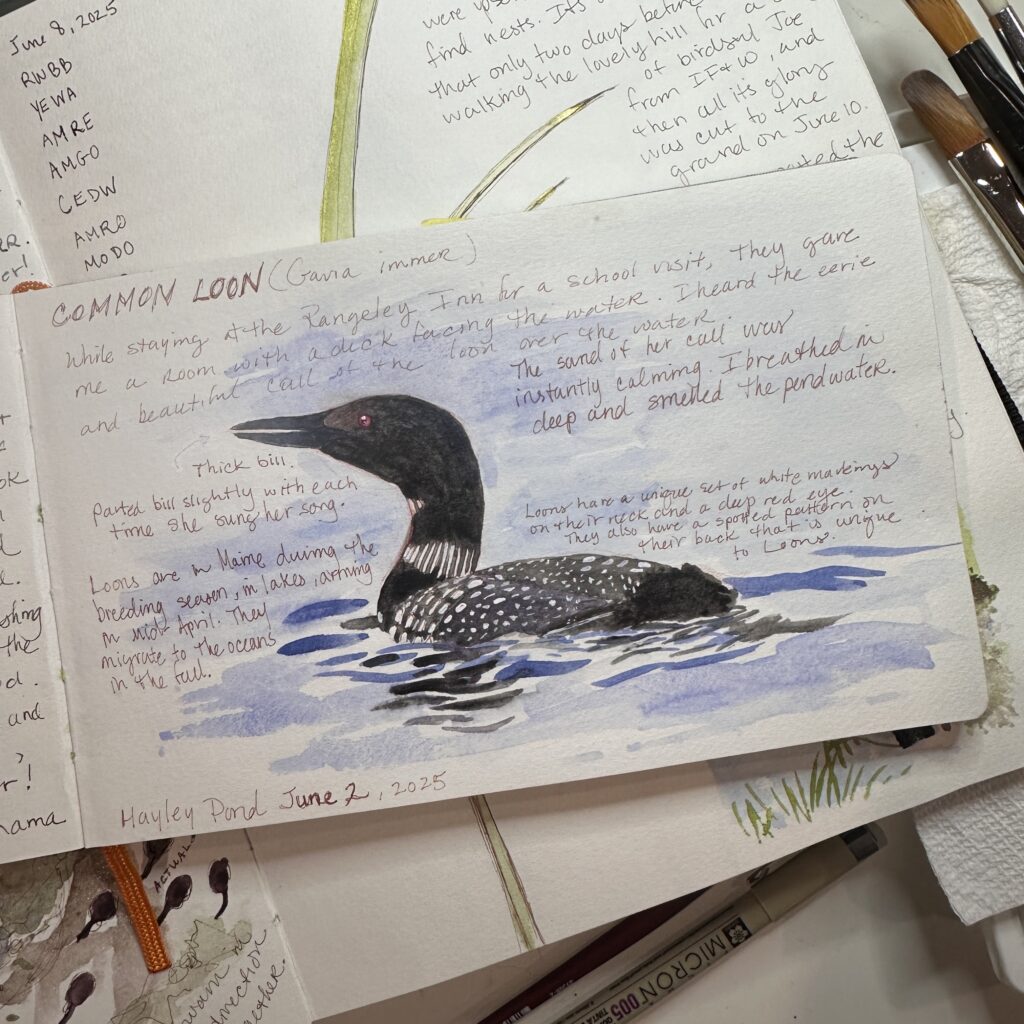
My ten are still in progress since we have until September for these, but some I have documented so far are the Bobolink, Eastern Phoebe, Common Loon, Yellow Warbler, Belted Kingfisher, American Goldfinch, and Cedar Waxwing.
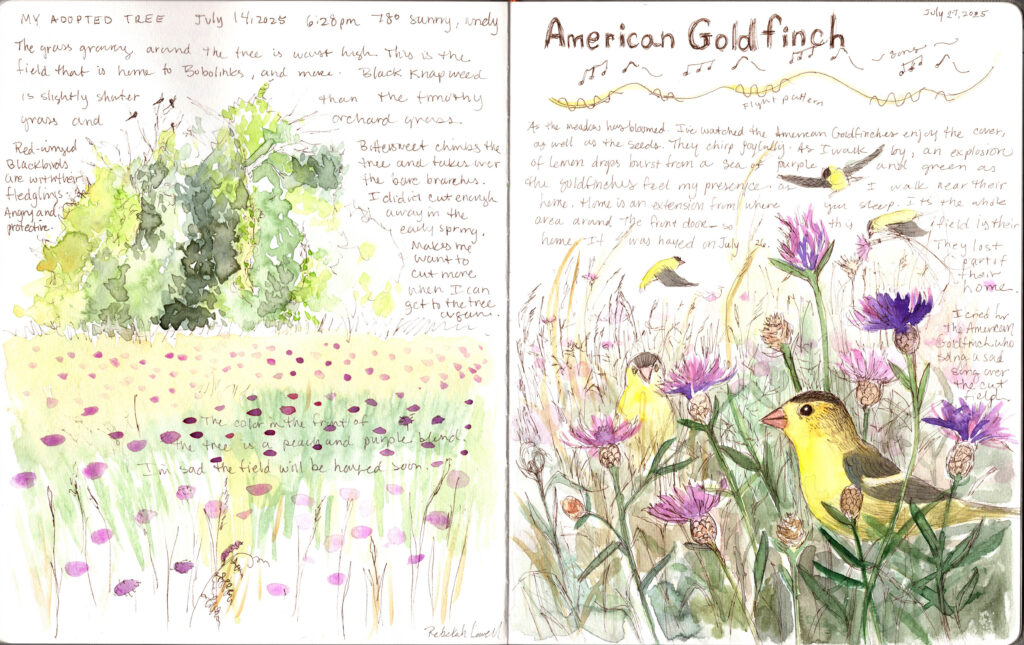
I need to document three more and there are so many to choose from, but some might be the Red-winged Blackbirds that live near the pond (my delimited site), or maybe the Great-crested Flycatcher we saw on the trail at Sieur de Monts Spring in Acadia, or maybe the Canada Jays I sought out on Boyscouts Rd in Rangeley, Maine. They came in sounding like a flock of complaining Starlings. I had hoped they would eat out of my hand but as I offered peanuts I had been saving in my pockets, they flew off and showed their backs. I managed to capture a few less-than-deal photos (below) since they were moving so quickly.
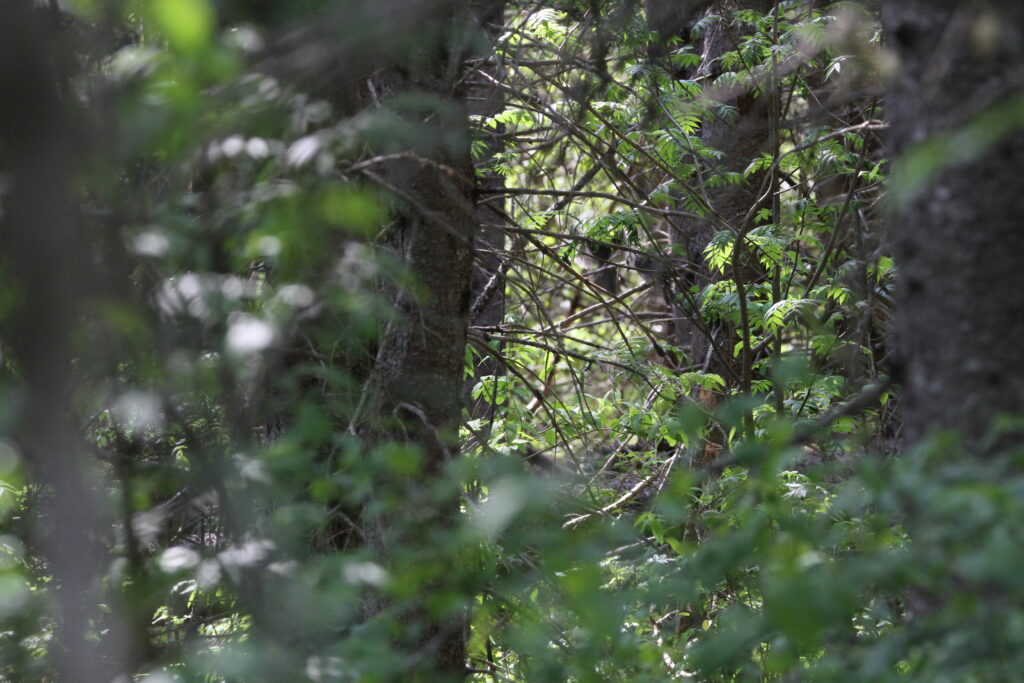
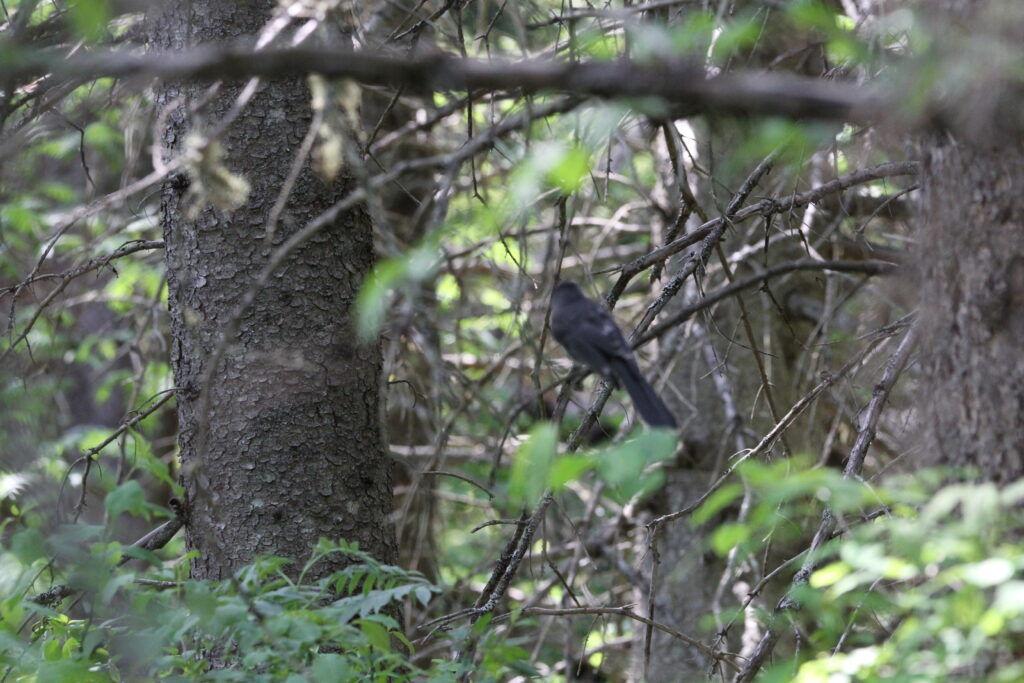
Another treasure of a bird we saw in Acadia was a flaming bright Blackburnian Warbler. What a stunner. I’ve seen many Blackburnians, but I’ve not always been able to photograph them because they’re always so high up and they move so fast. This one was accommodating by staying for a moment against a branch as a backdrop.
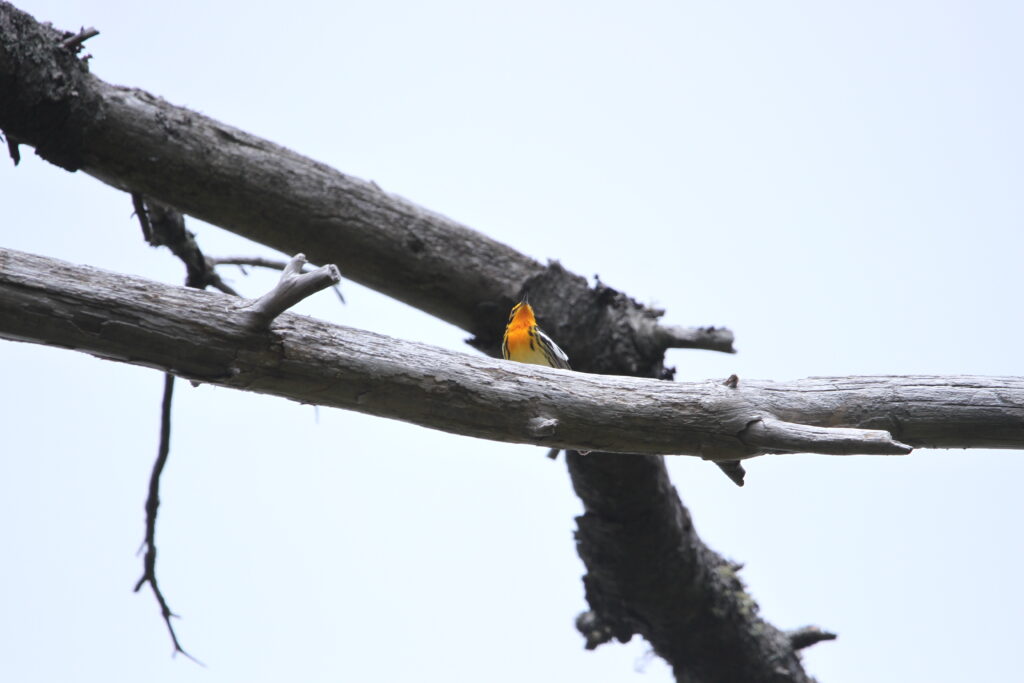
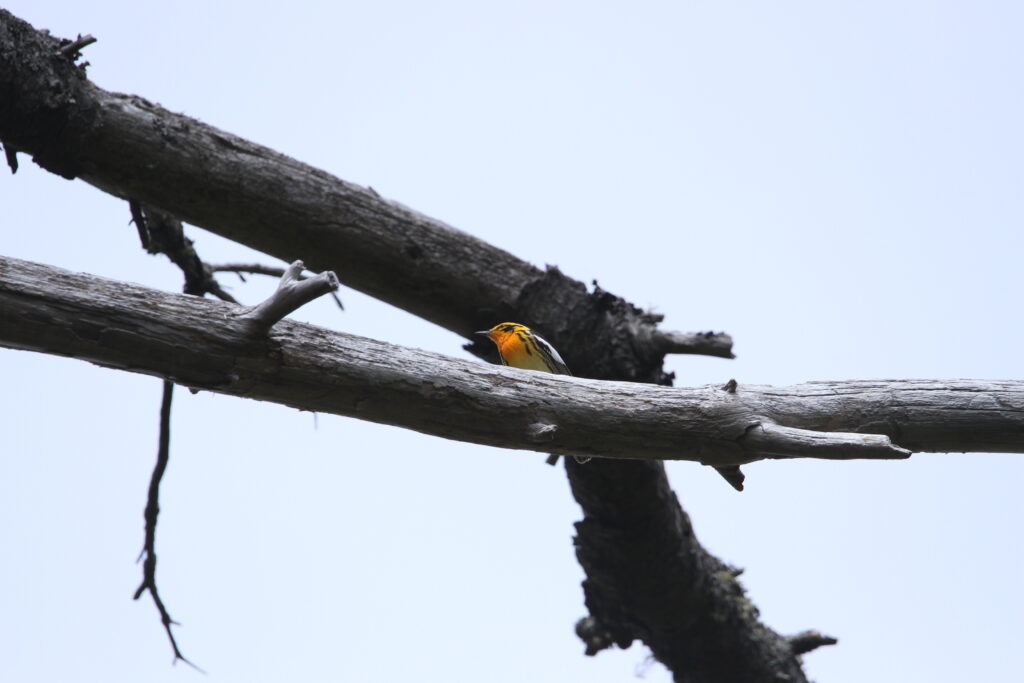
Summer Birding at Stratton Island with the York County Audubon Board. We saw nesting tern colonies and many shore birds like an American Oystercatcher. There’s something special about being on the salty water and getting a different perspective.
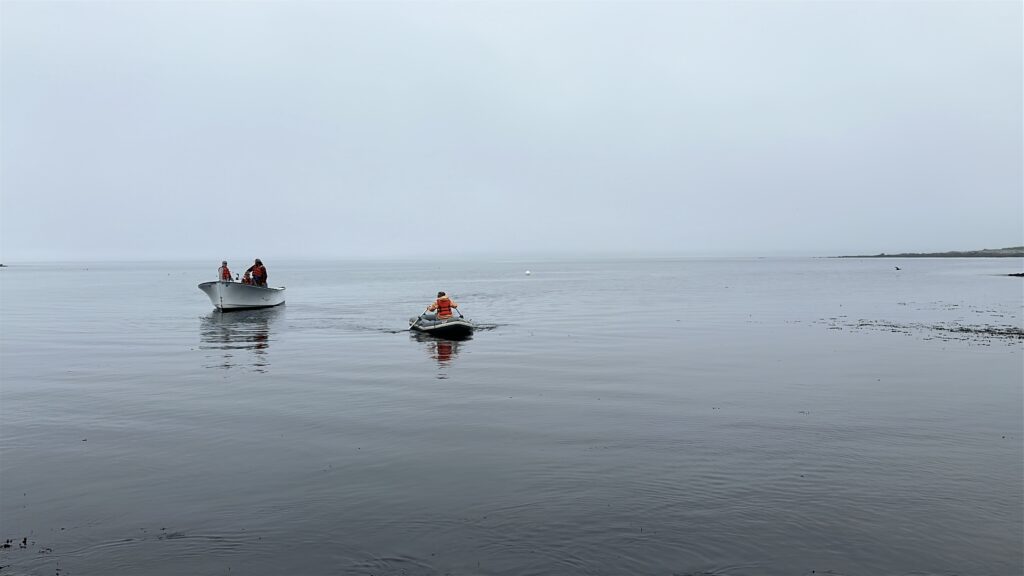

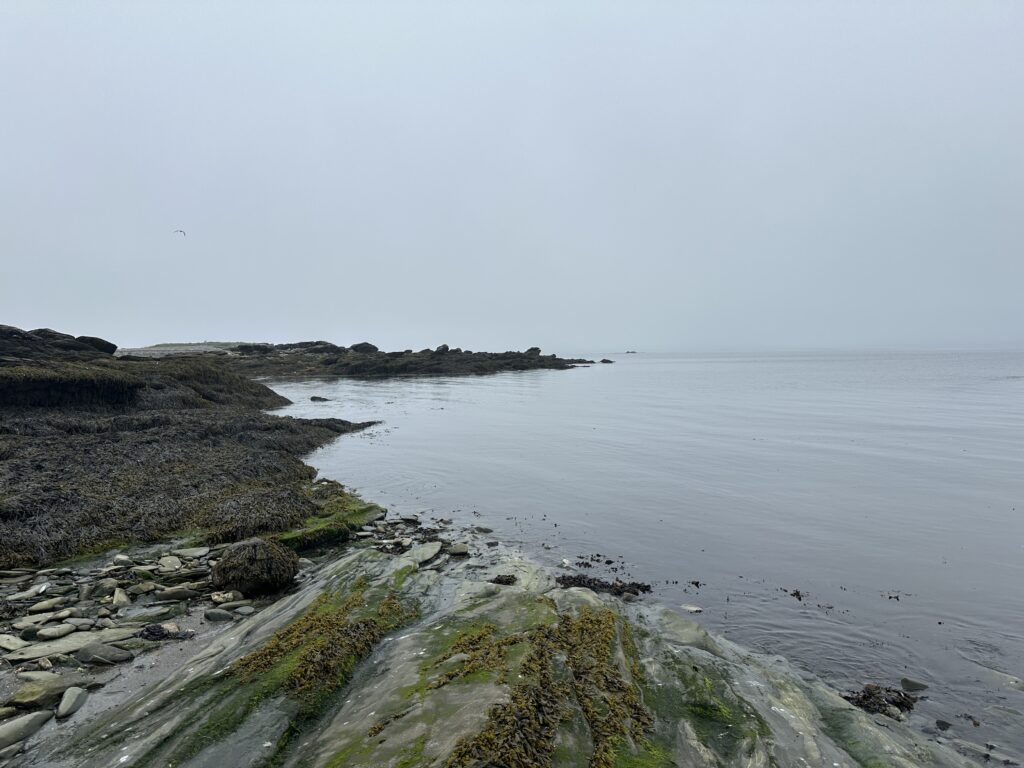
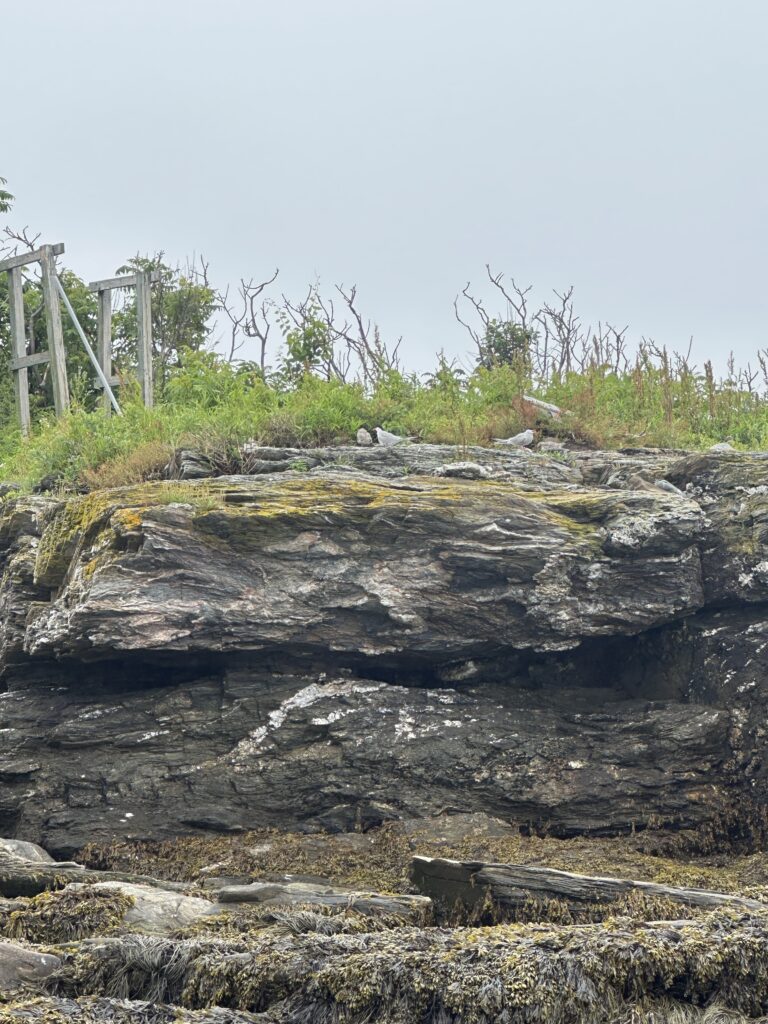
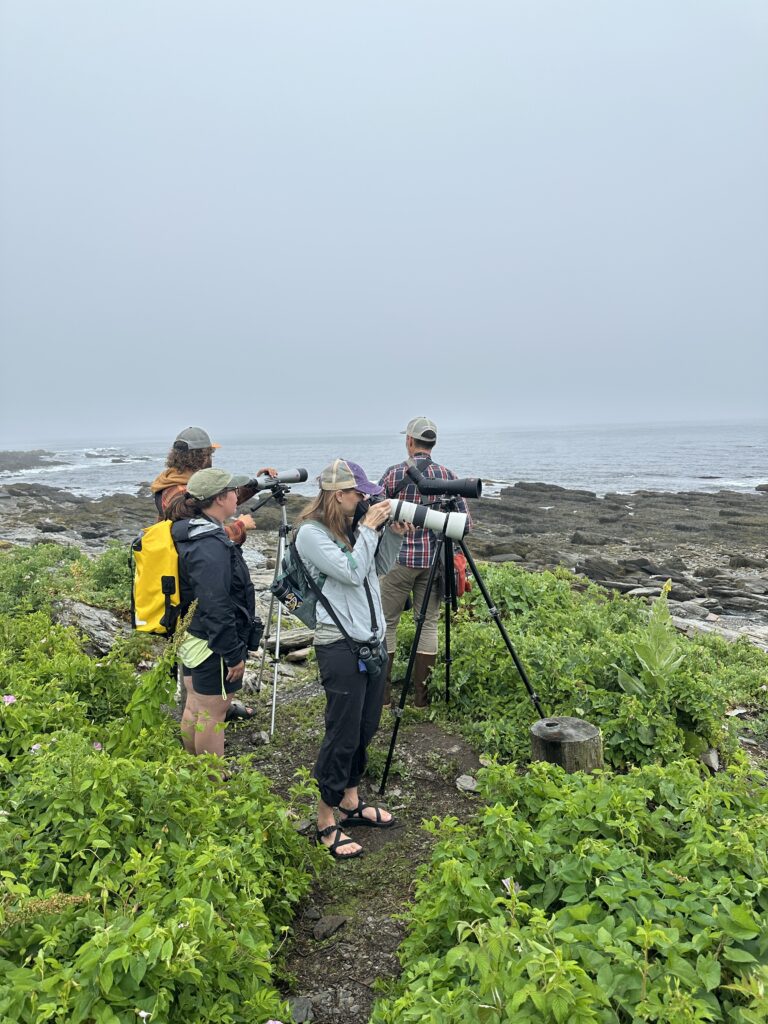

Next blog I’ll share about my Master Naturalist adventures with FERNS and WILDFLOWERS, which is also ongoing. In the Maine Master Naturalist Program, we learn by layering, so many of the topics stack one on top of the other and homework from one topic isn’t done when another one starts in. I still have a long list of homework to accomplish before the next meeting, which include chipping away at my 50 wildflower ID cards and pressing leaves of four native trees, among others. I’m off to make progress on that. I leave you with this Belted Kingfisher from the pond.
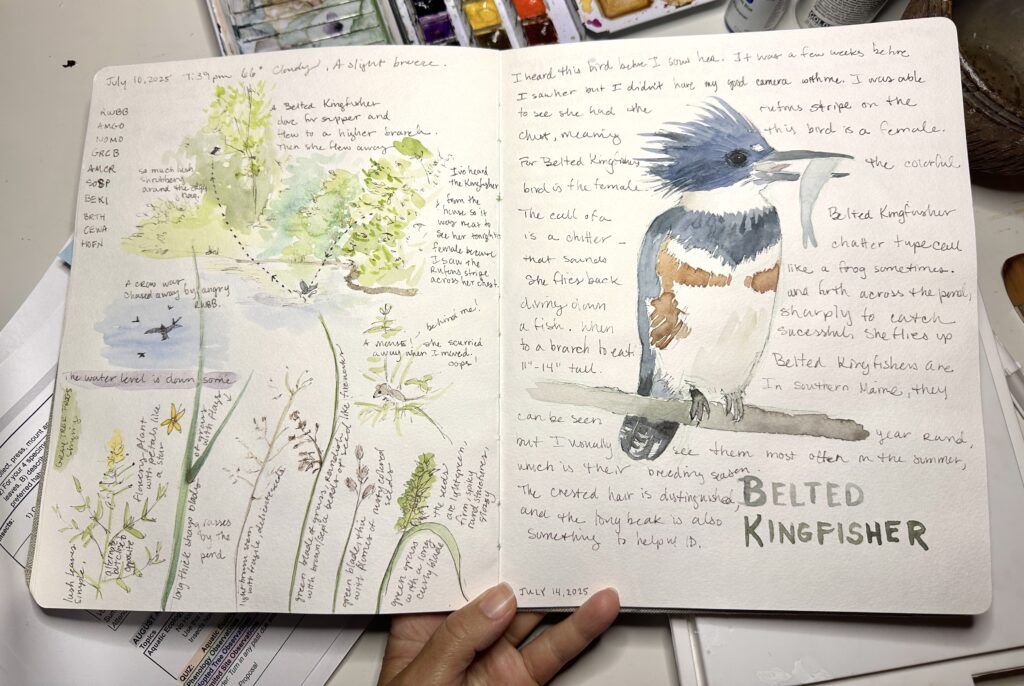
inspiration
Browse my favorite blog posts: inspiration, resources, and updates that I think you'll love.
